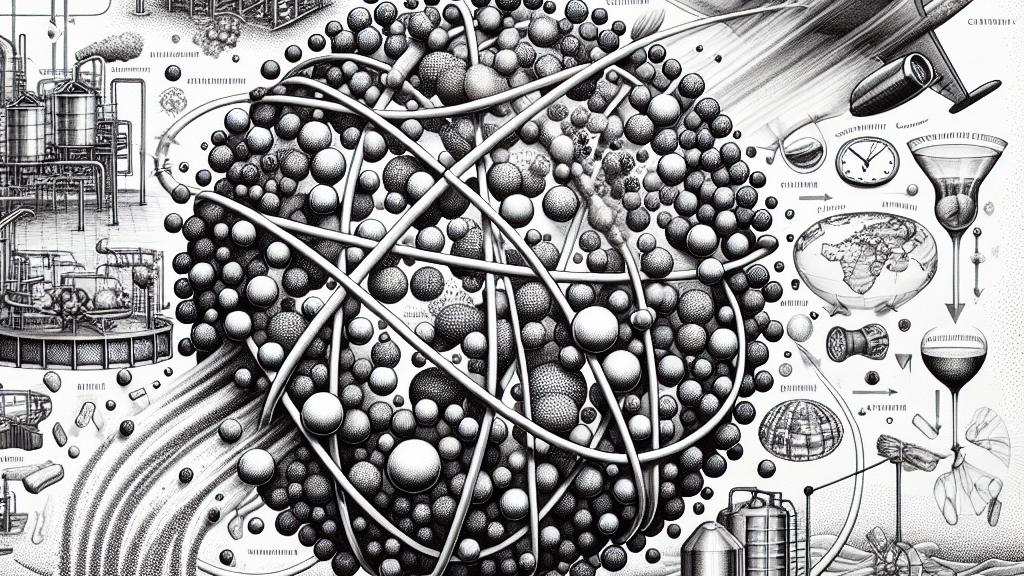Revolutionizing Fluid Mechanics: AI Breakthroughs in Drag Coefficient Predictions
Overview
- Cutting-edge research from China solves the prickly problem of predicting drag coefficients for irregular particles.
- Combining machine learning with advanced simulations leads to impressive accuracy gains.
- These innovations promise to enhance efficiency and effectiveness across a wide range of industries.

The Crucial Role of Drag Coefficient Modeling
In an impressive breakthrough emerging from China, researchers at Nanjing University of Science and Technology and Westlake University tackle a significant challenge in fluid dynamics—predicting drag coefficients for irregularly shaped particles. This modeling is vital for industries that rely heavily on fluid interactions, including areas such as aerospace and environmental engineering. While predicting the behavior of spherical particles has been relatively straightforward, irregular shapes complicate this process. These complexities have implications for everything from how pollutants settle in water to how materials move through various processing systems. By addressing these challenges, this research provides a solid foundation for future advancements in this essential scientific field.
Innovative Integration of AI and Numerical Methods
What sets this study apart is its innovative integration of machine learning with both the discrete element method (DEM) and the lattice Boltzmann method (LBM). This powerful combination allows researchers to create highly accurate datasets that significantly improve drag coefficient predictions. For instance, one notable model achieved a stunning prediction error of less than 5%, marking a remarkable leap forward in fluid dynamics. As Professor Cheng Cheng stated, "This research exemplifies the extraordinary potential of machine learning to unravel the complexities of fluid mechanics." Such advancements not only enhance academic understanding but also have transformative implications for practical applications across various industries, providing tools for optimizing processes related to particle behavior in fluids.
Impacts that Reach Beyond Academia
The ramifications of this groundbreaking research are vast and varied, with the potential to revolutionize practices across numerous fields. Imagine a world where aerospace engineering benefits from finely-tuned drag models, resulting in airplanes that consume less fuel and produce lower emissions. Or consider water treatment facilities that employ this advanced understanding to improve sedimentation processes, leading to cleaner water with reduced energy usage. These innovations embody a future where efficiency and sustainability go hand in hand. Ultimately, this study not only emphasizes the intersection of traditional fluid mechanics and modern artificial intelligence but also inspires a wave of new possibilities for research and industry practices alike, illustrating an exciting path forward.

Loading...